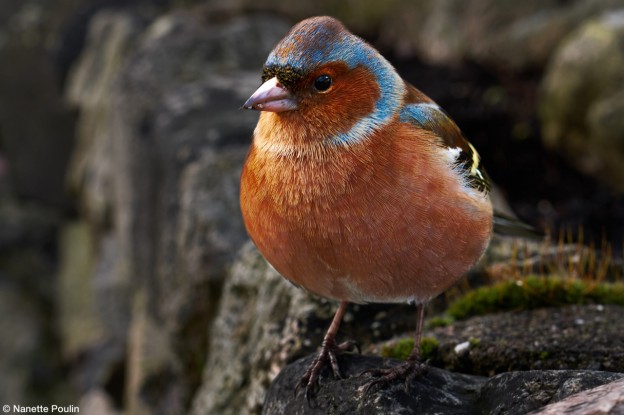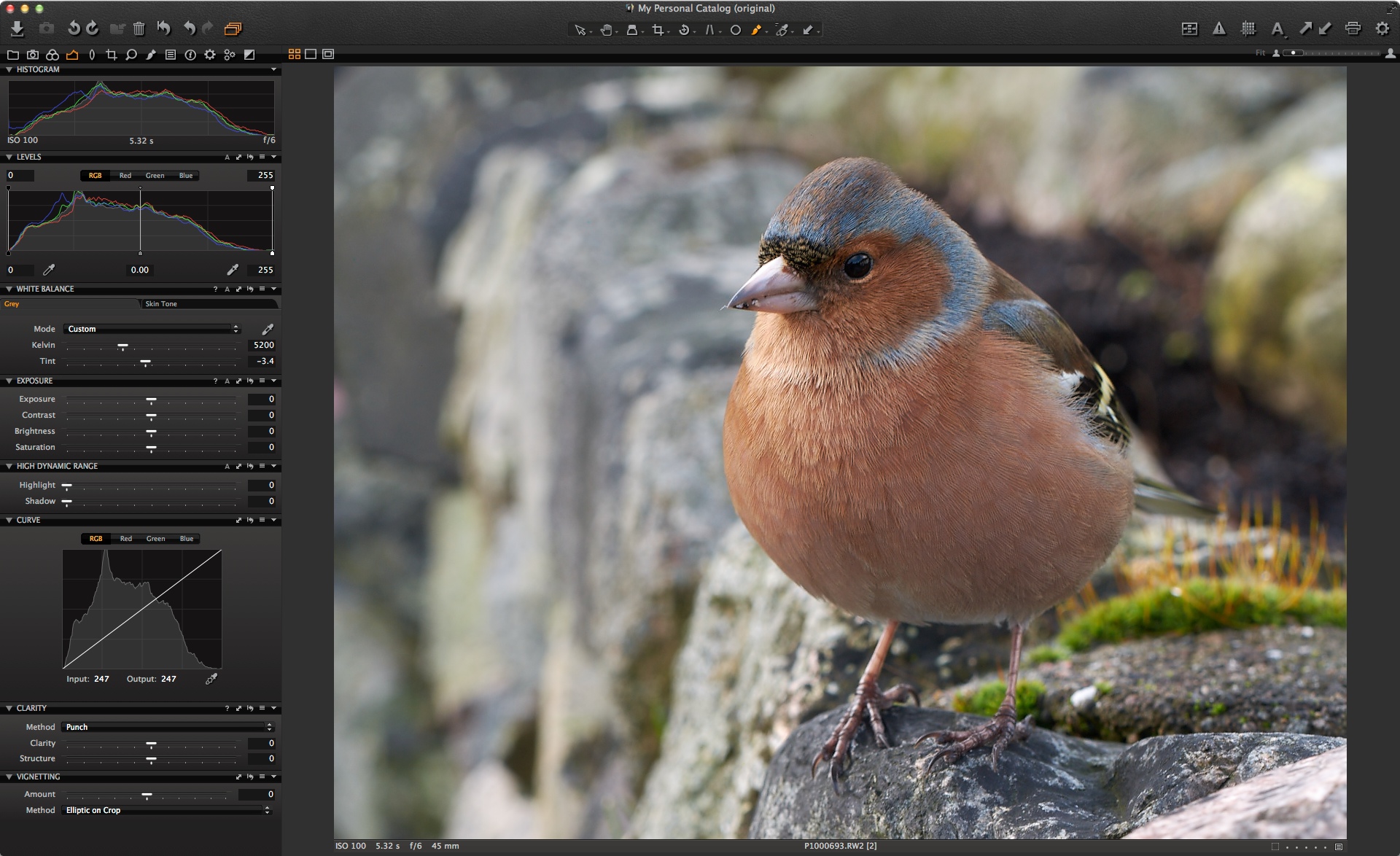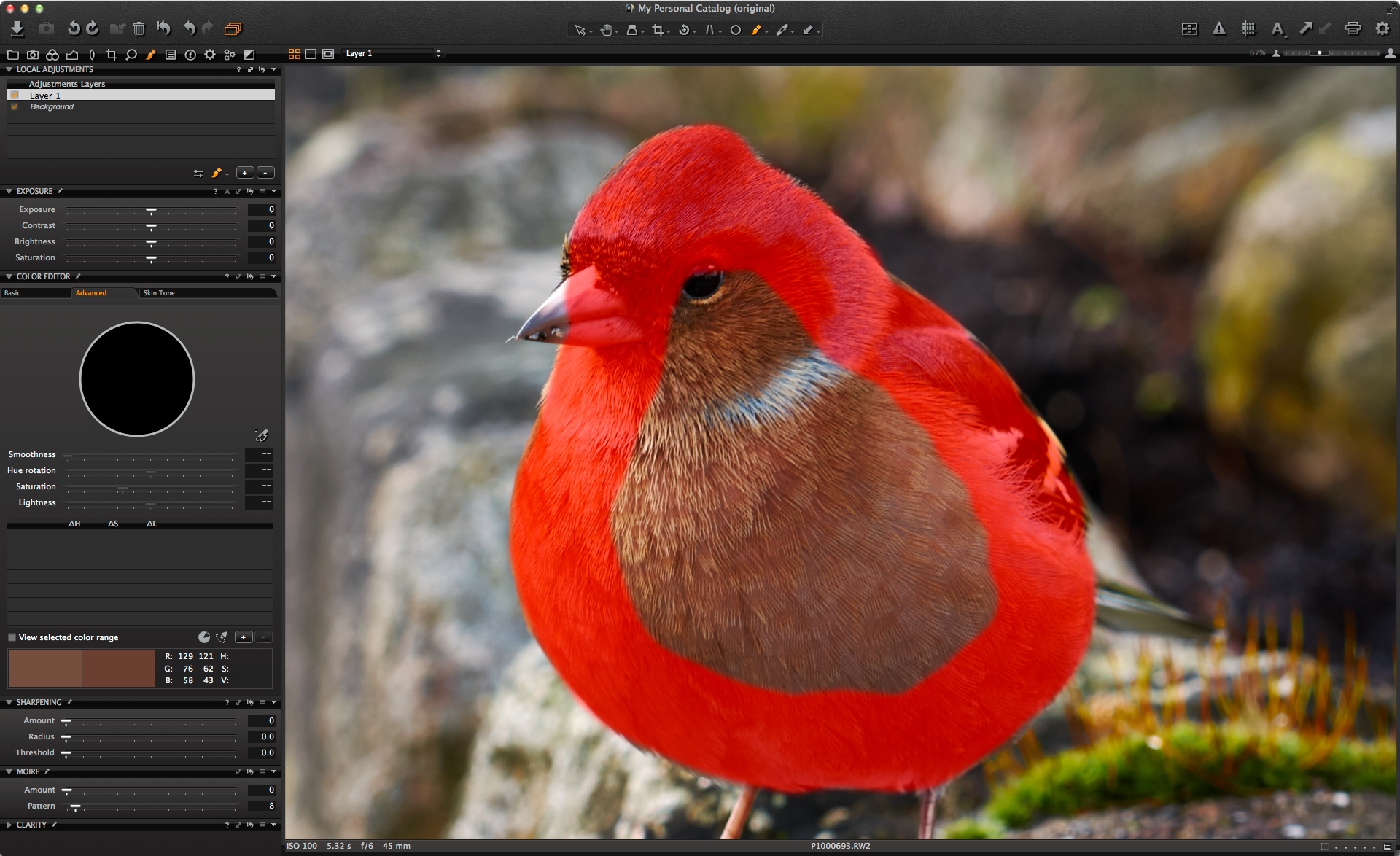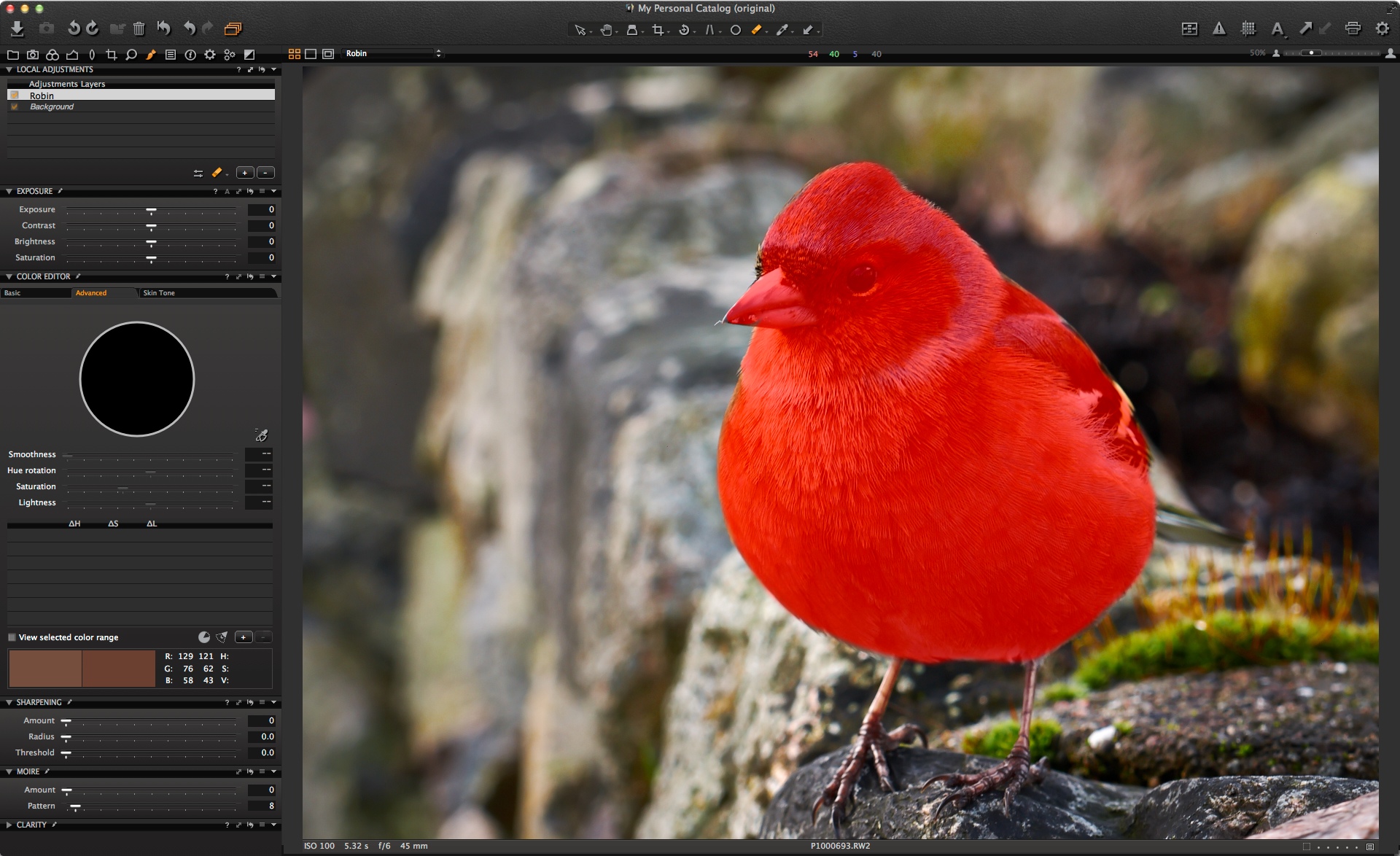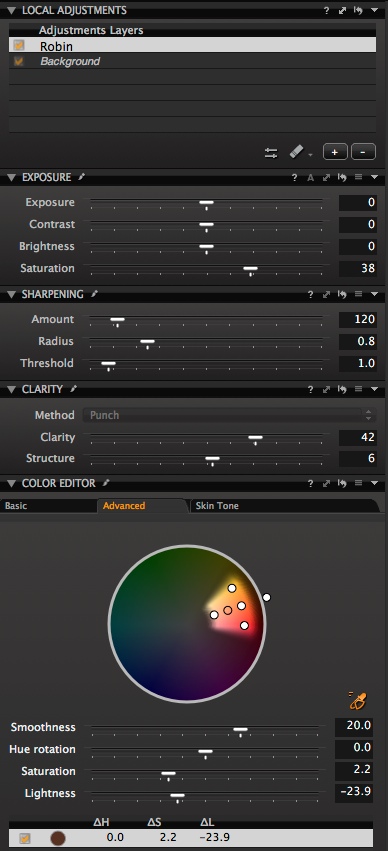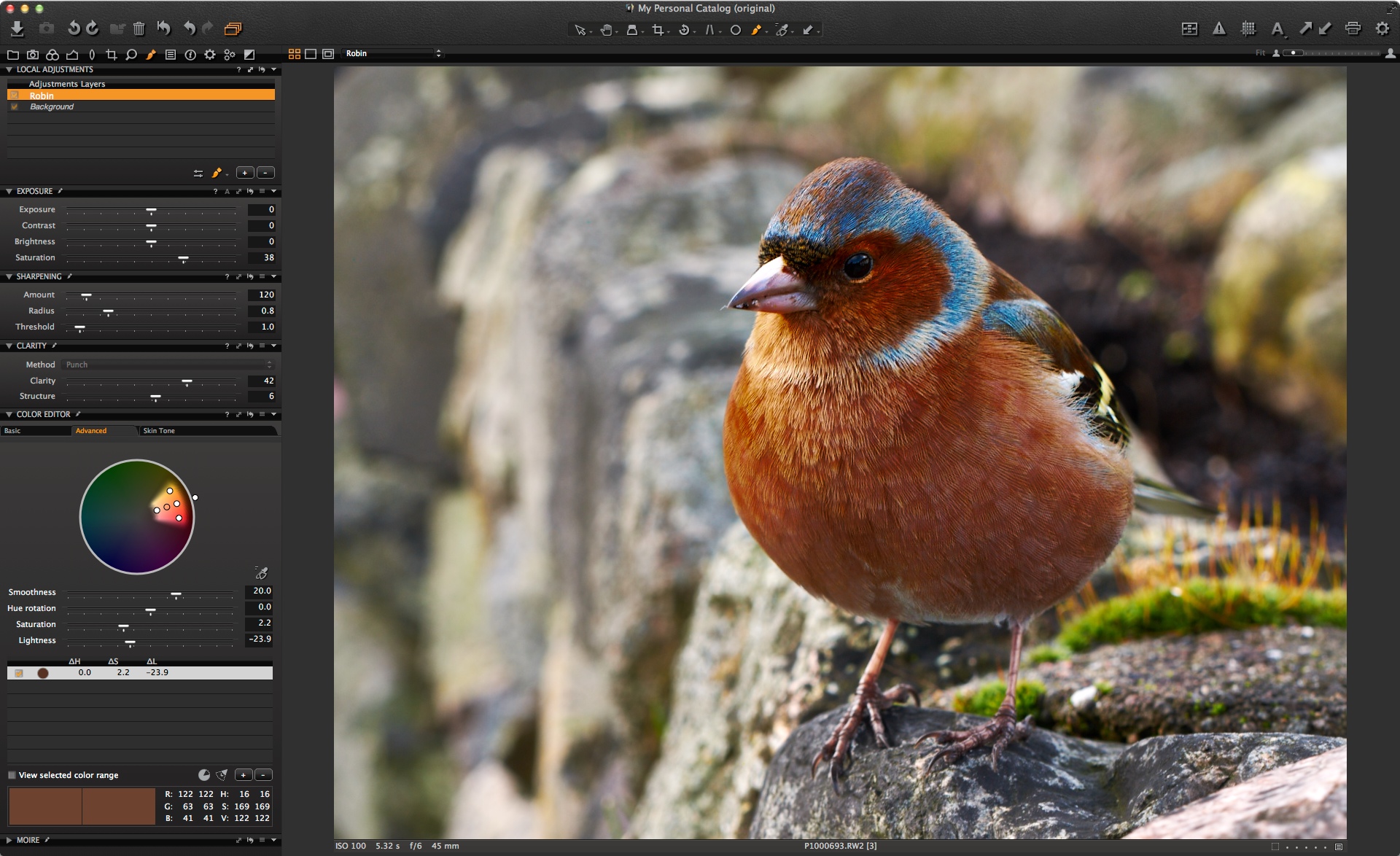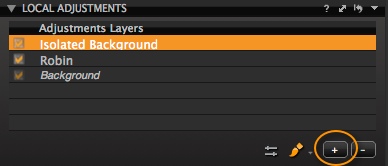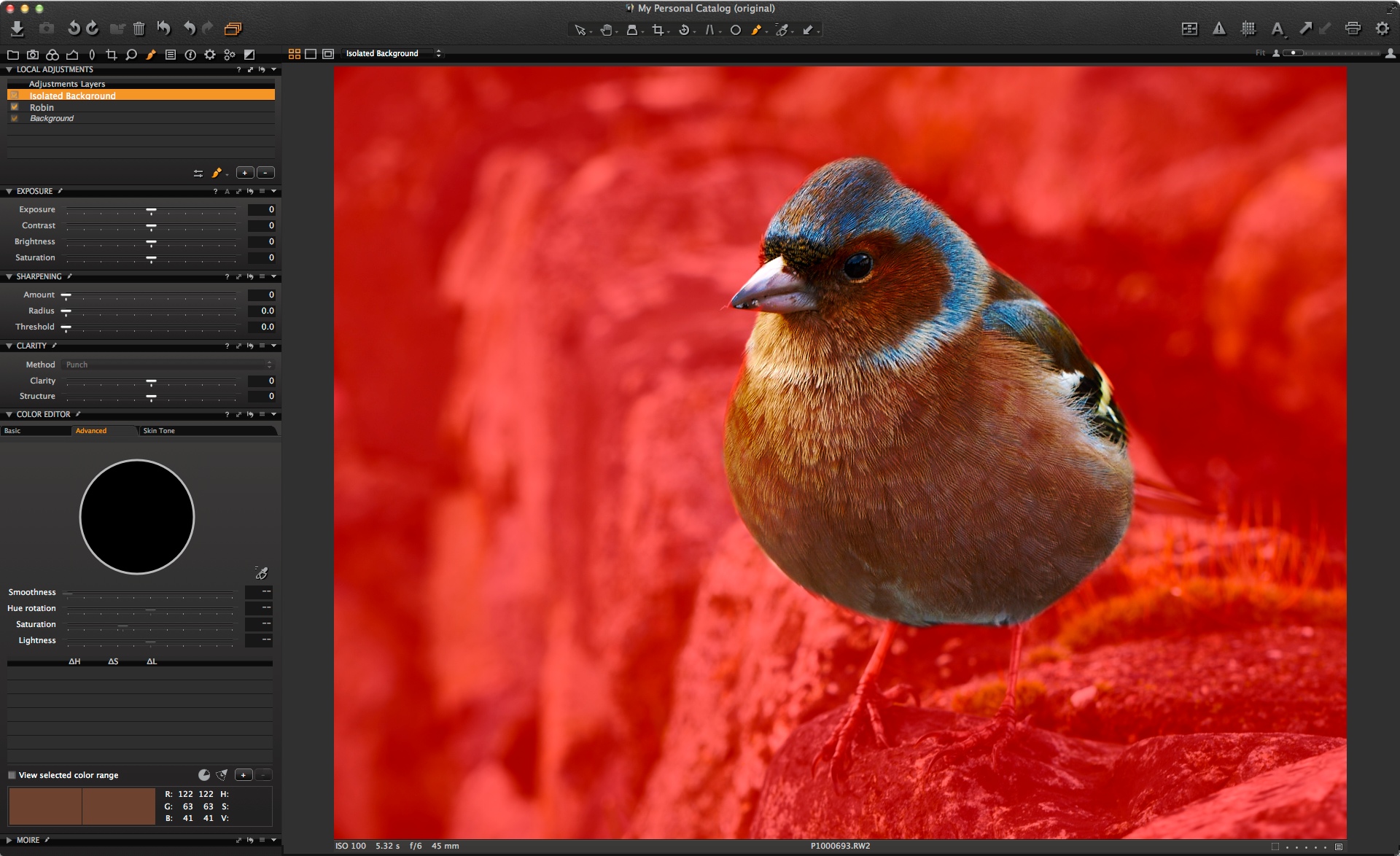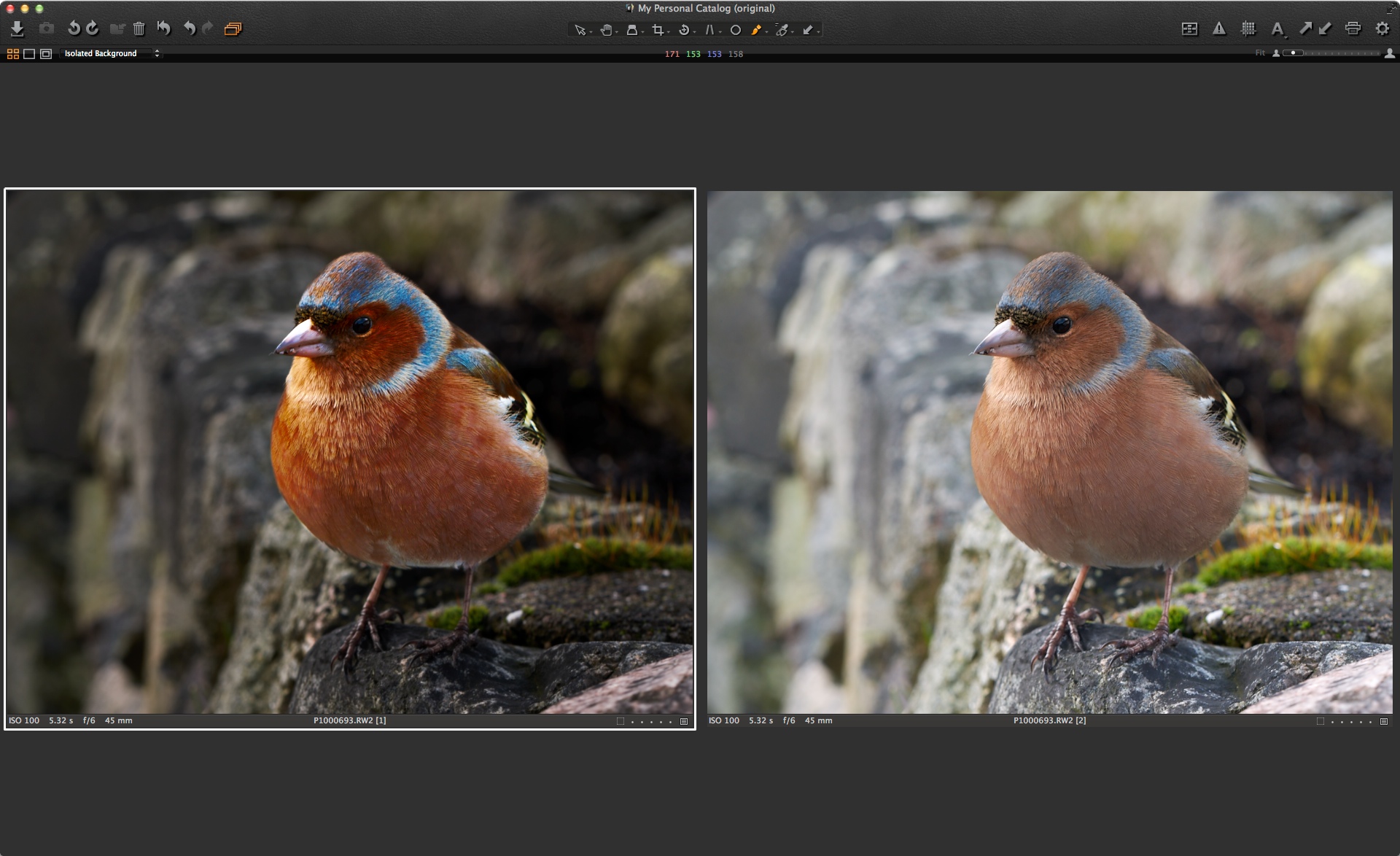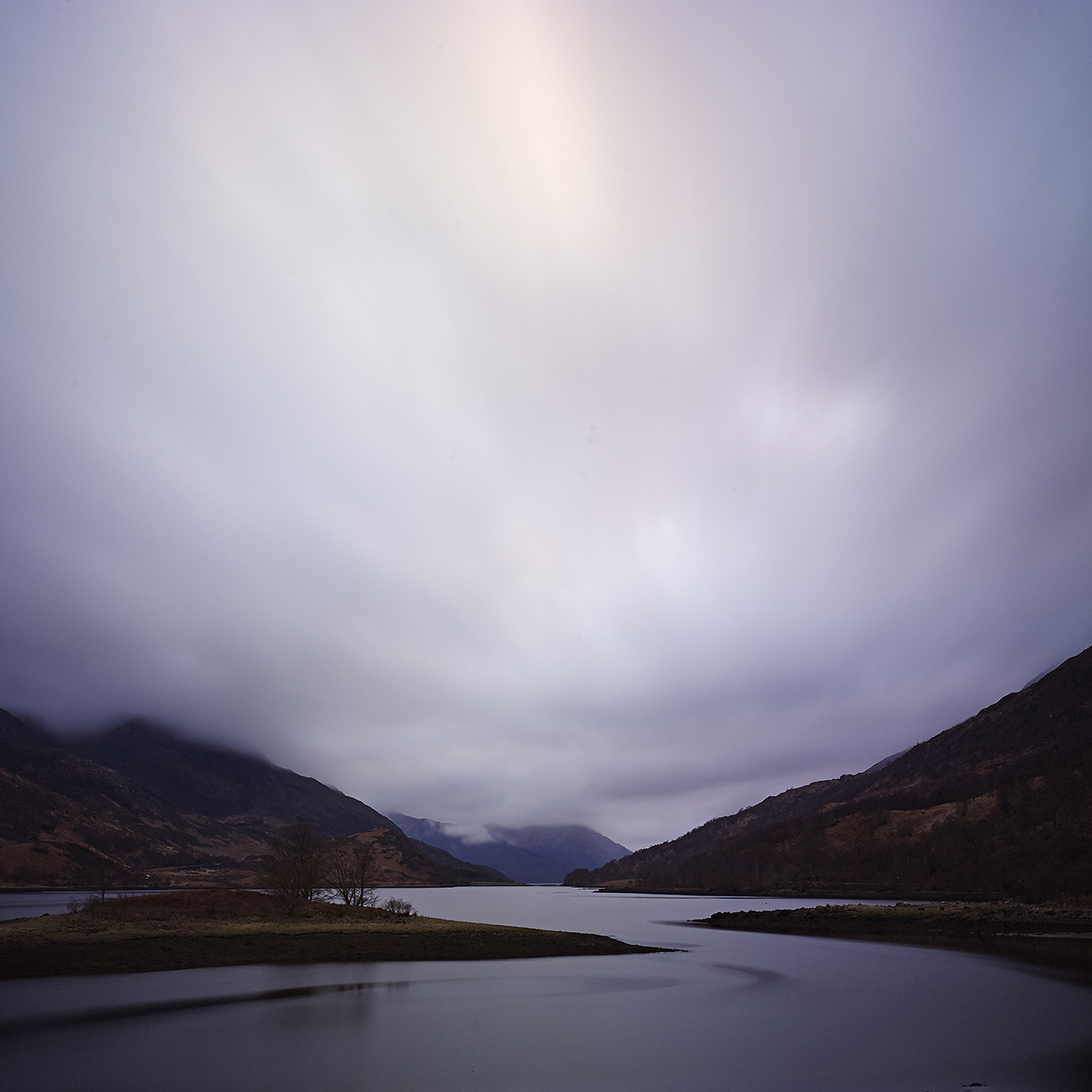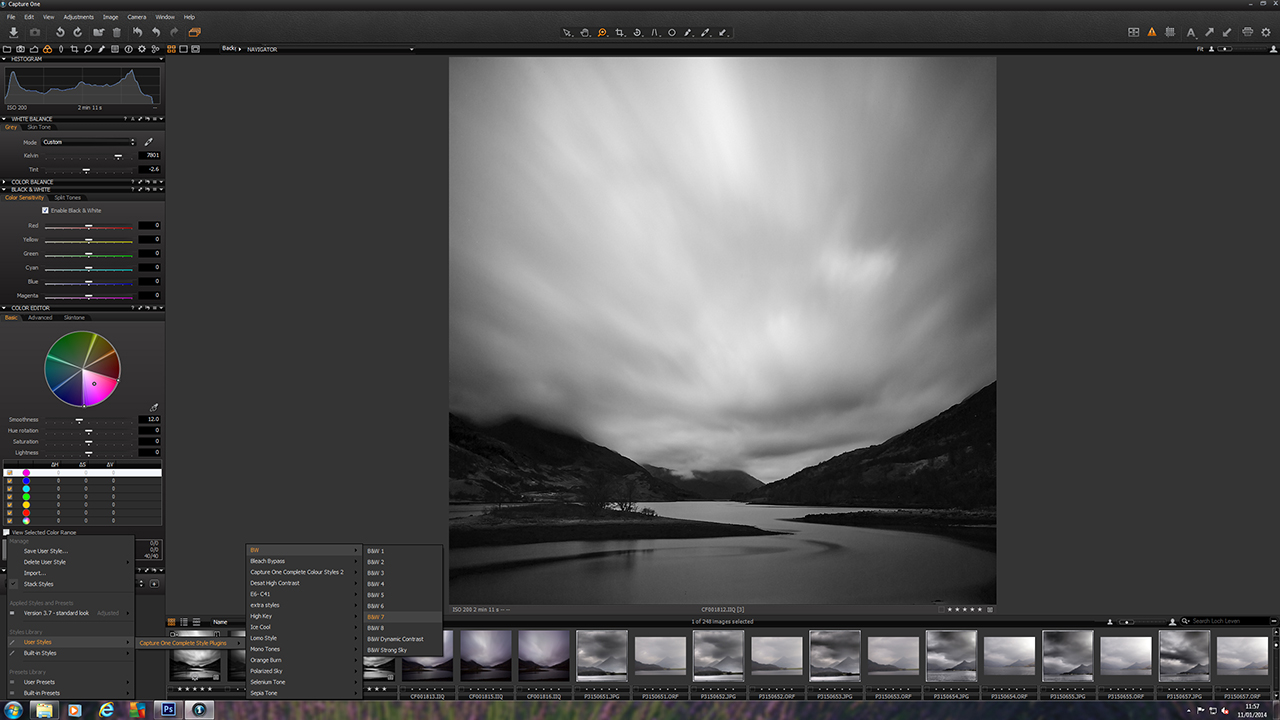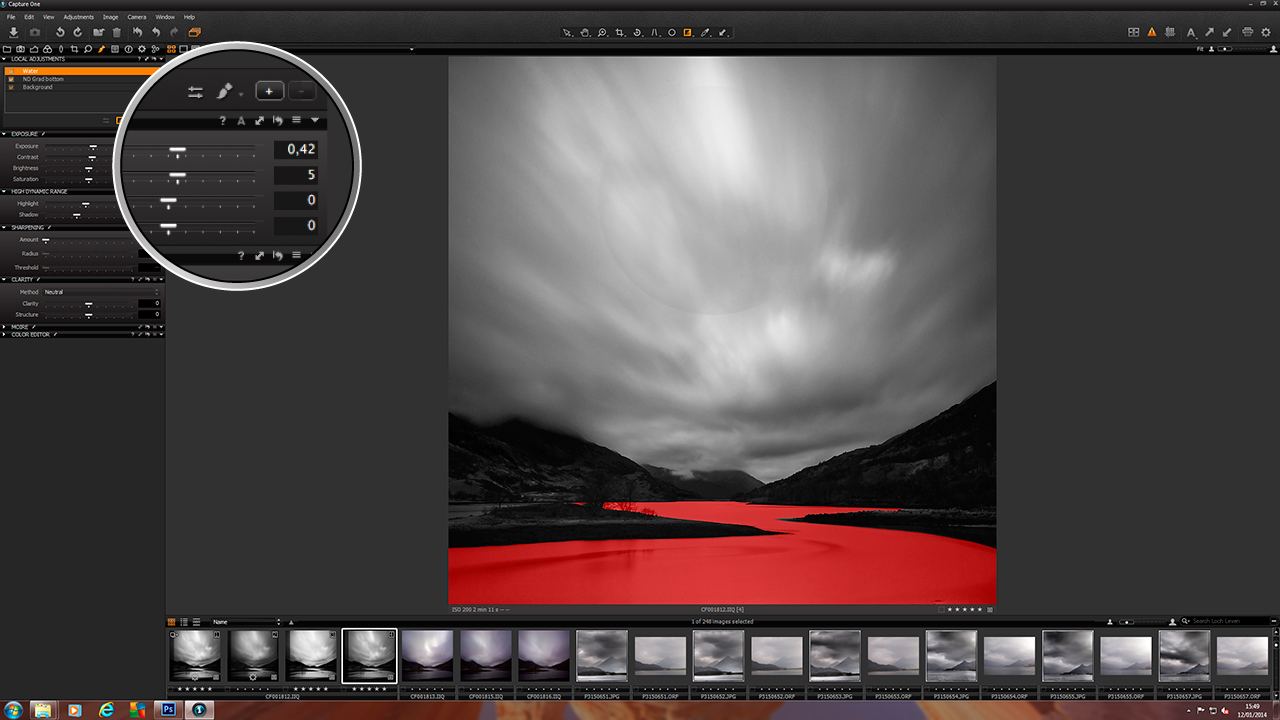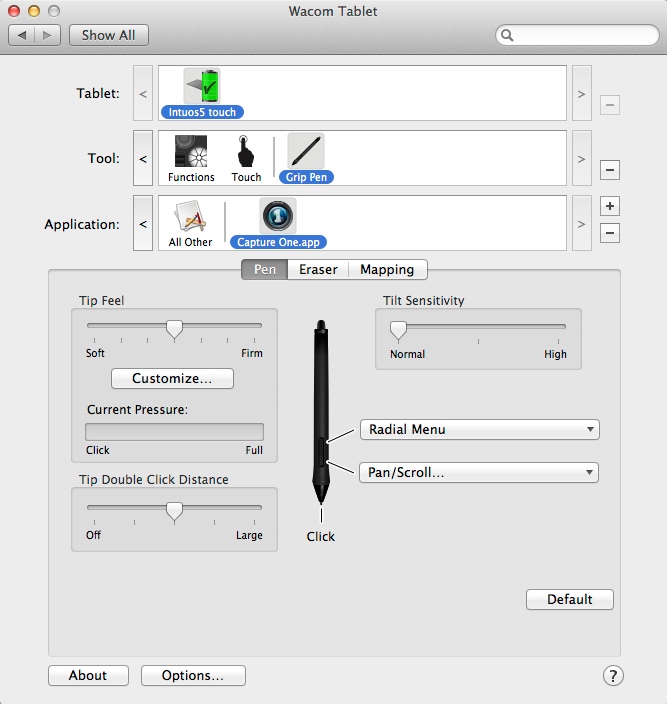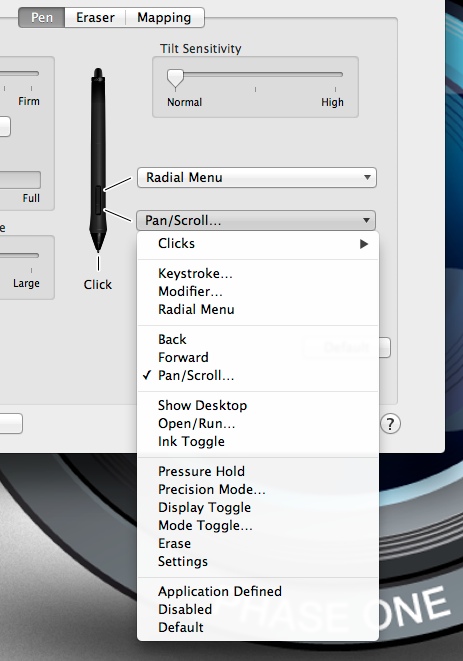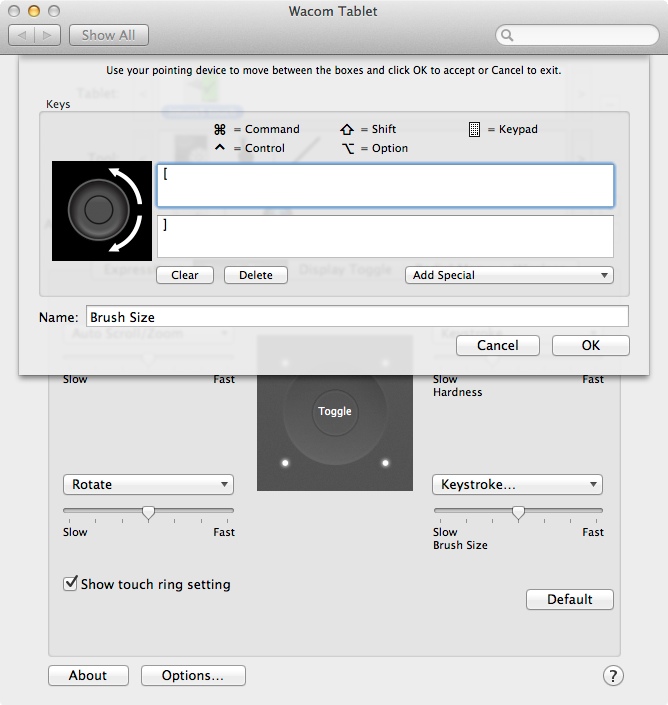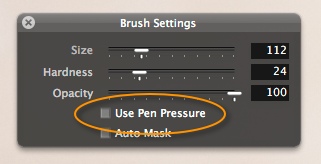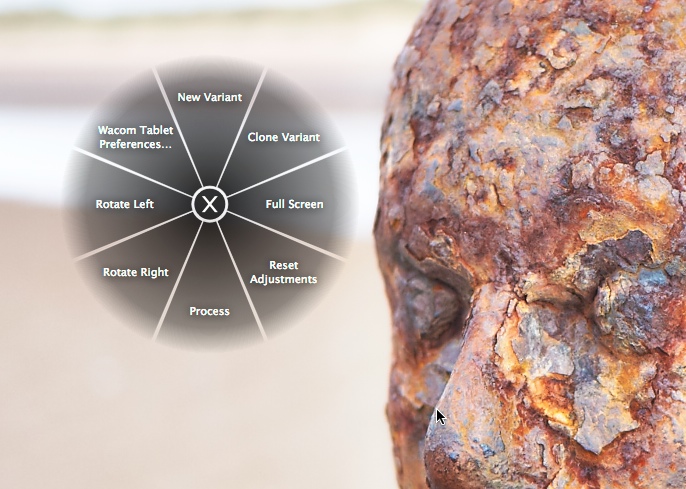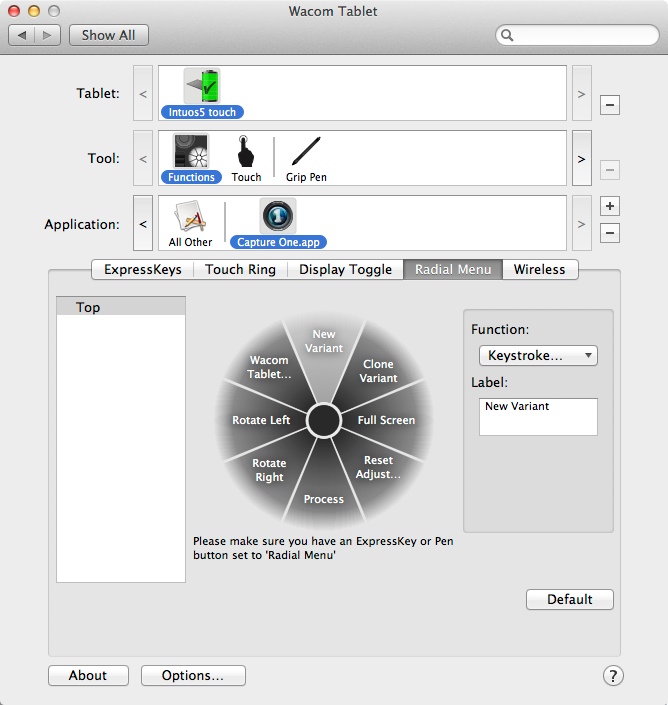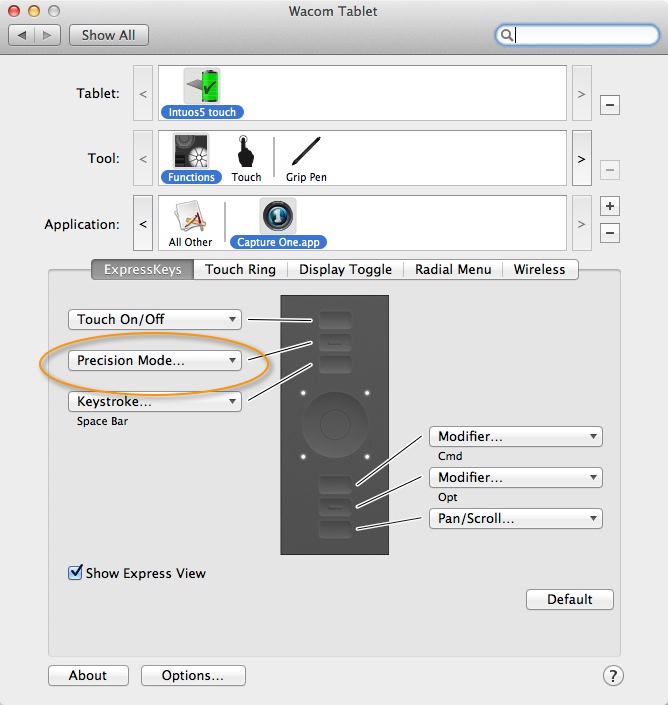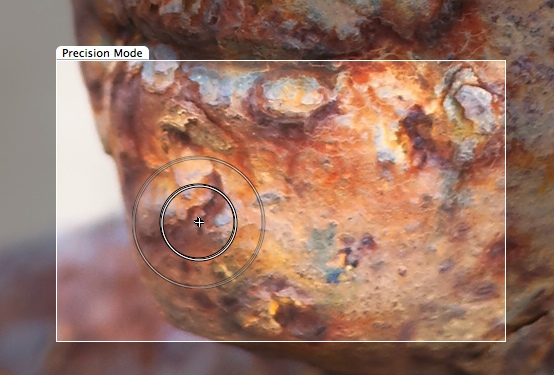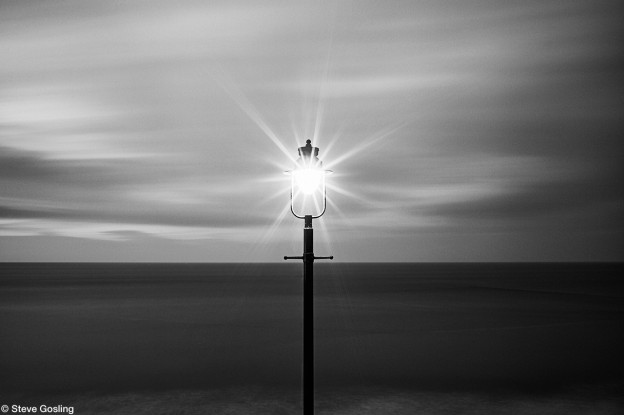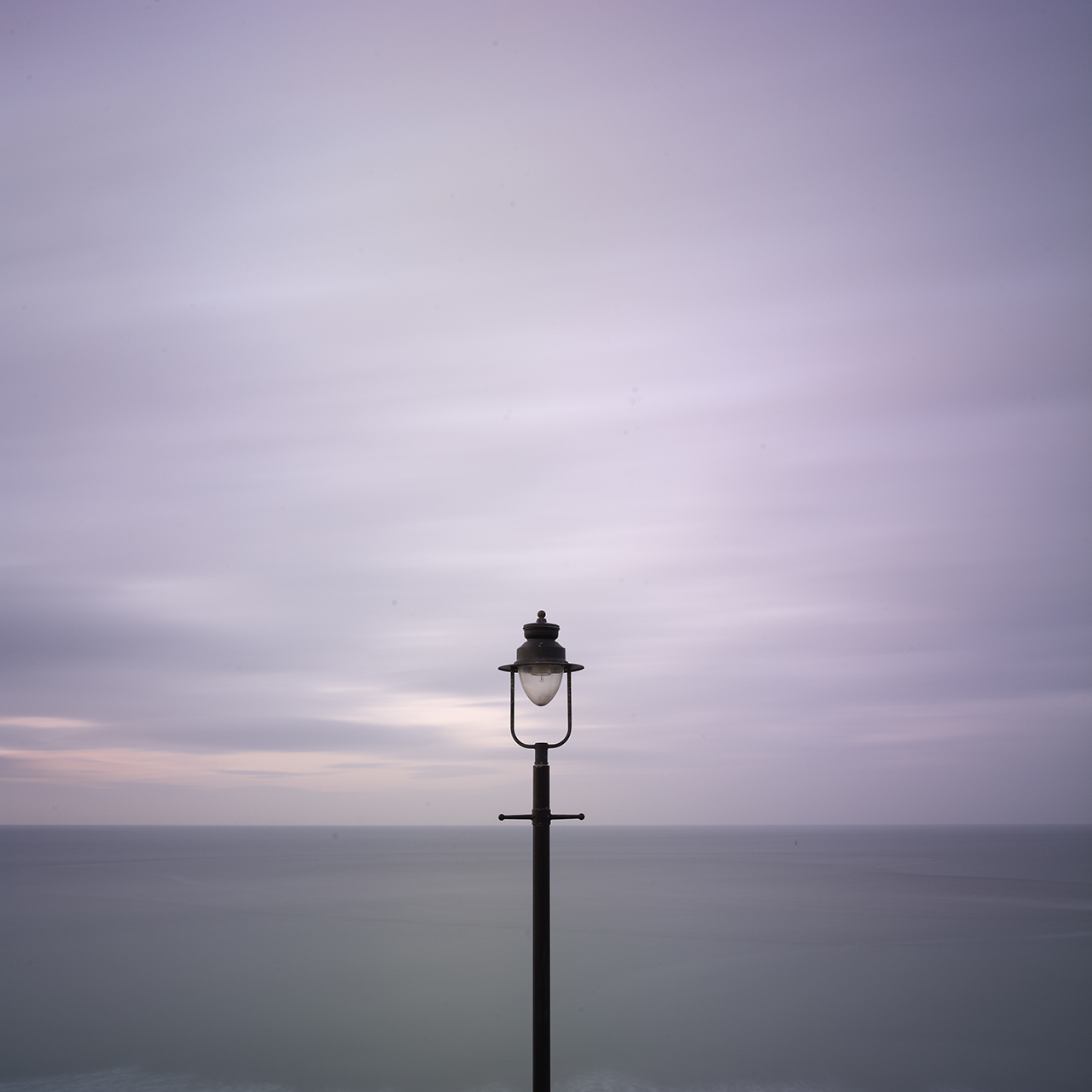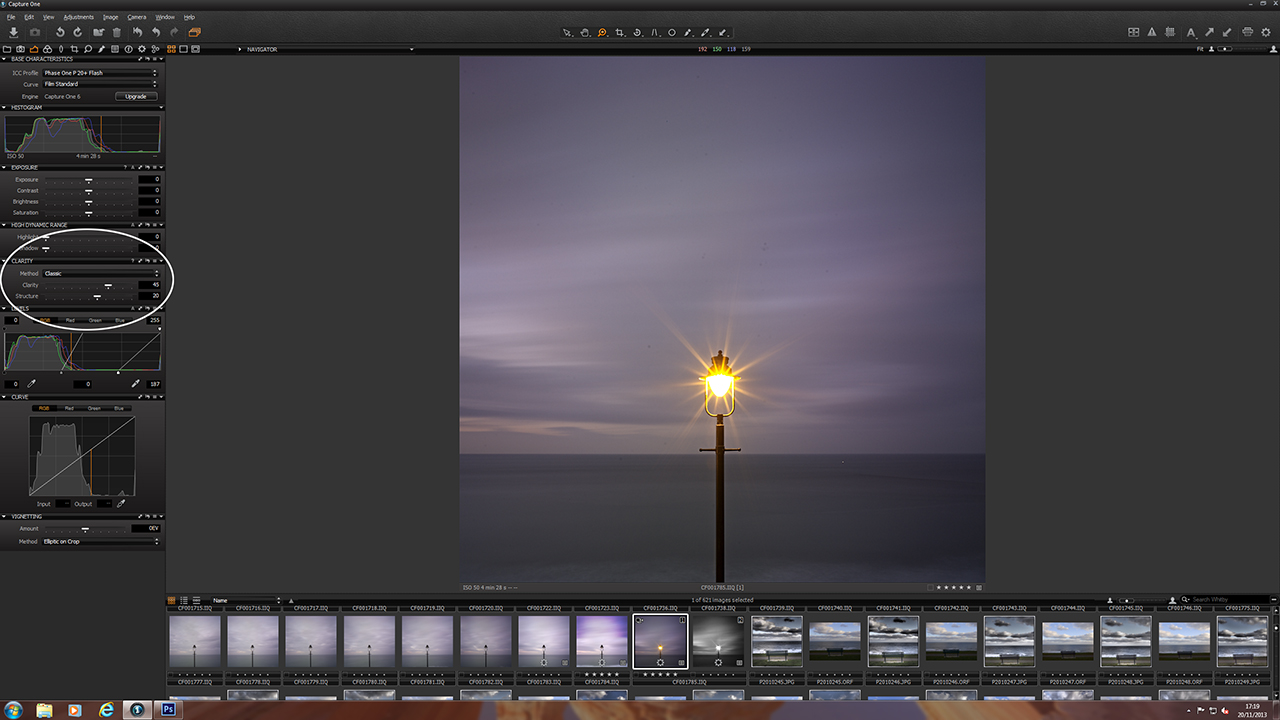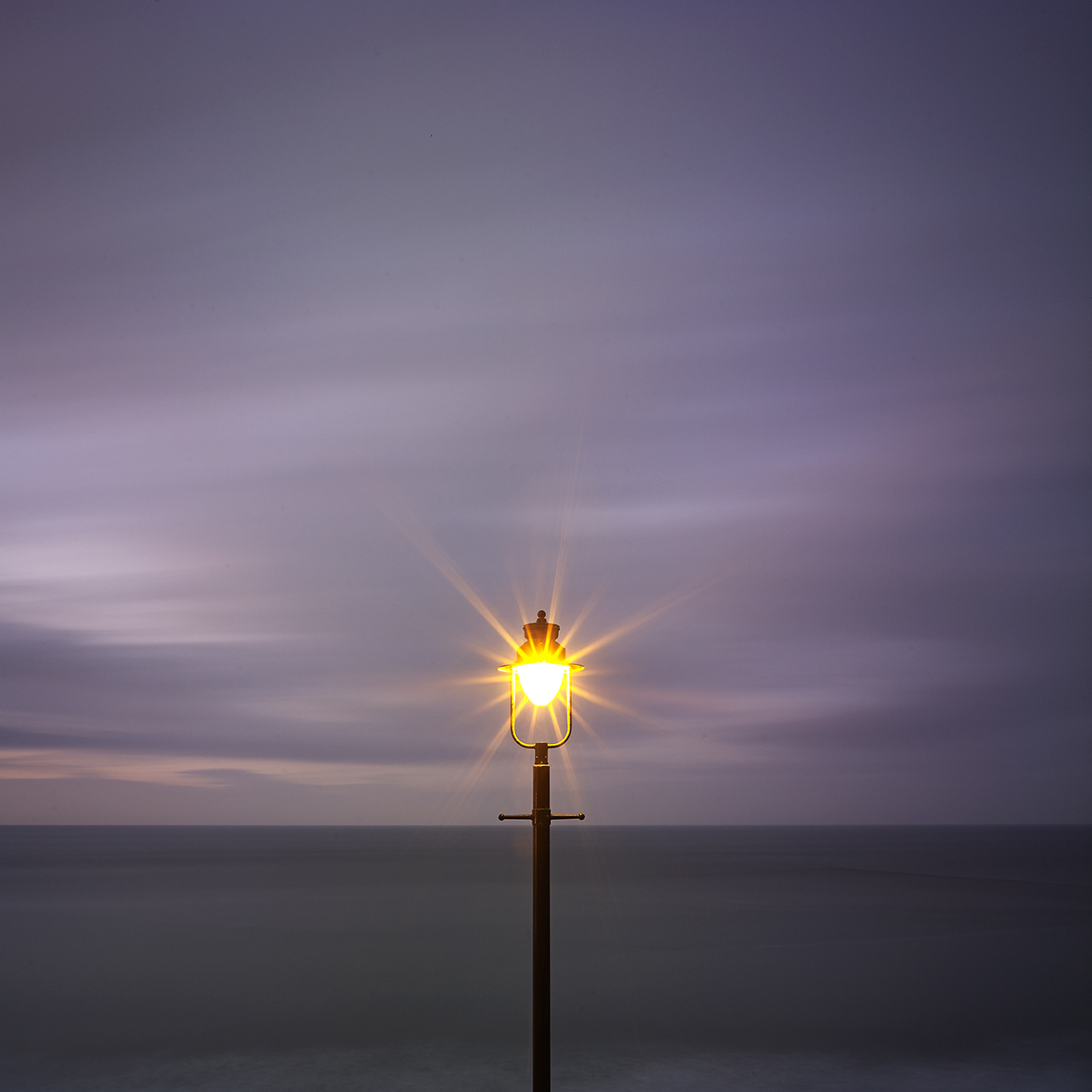I hope by now you’ve had the chance to explore using Local Adjustments on your images. It has certainly brought the ‘darkroom’ back to my photography.
Capture One Pro 7 allows you to add up to ten different local adjustment layers with individual changes to Color, Exposure, Clarity, Moiré and Sharpening.
The so-called extra features that I am going to describe here are the ability to Copy, Invert and Fill a mask. These three actions can help you save time, and aid in the creativity of your images.
The not-so-red robin
The title image here is a little colorless and flat with no adjustments made in Capture One Pro 7.
My plan for this image is to improve the saturation and clarity of the robin and make it stand out more from the background. I’ll also apply sharpening to only the robin itself, as there are no details to sharpen in this shallow depth of field image.
I’ll start by drawing a mask on the robin. I have selected a fairly hard brush so I can get a good accurate edge.
I am drawing the mask with a Wacom Pen and Tablet, which I find much easier. I wrote about this in more detail in a recent blog post if you want to know more.
It was pretty straightforward to draw this mask so far, but I’ll need to reduce the brush size and add in the beak. I can use the Wacom tablet’s Precision Mode to help with drawing this small area.
To save a bit of time, I don’t need to brush in the centre of the robin (see the first screen grab of the mask) as I can just use the ‘Fill Mask’ command. This will fill in the ‘hole’ in the centre of the mask.
Access this by clicking on the small arrow in the top right of the Local Adjustments Tool. The mask is now automatically filled in.
If I need to, I can clean up the edges a little, but I am pretty happy with the first result! You can also see I have named the layer ‘Robin’ so I can keep track of what layer does what. This is very useful if you have several layers to keep track of. To name a layer, just click on the default name.
Now I can set my adjustments for the robin itself.
I have increased the Saturation, applied some sharpening (I had disabled all sharpening in the Background layer, simply by choosing the Preset ‘No Sharpening’ in the Sharpening Tool ), increased the Clarity and Structure and finally made a selective color correction of the chest feathers with an increase in Saturation and reduction of Lightness.
It looks much better now.
Now to work on the background. It would be a waste of time to mask out the background as I already have the inverse – the robin. First of all, I will make a new empty layer by clicking the plus icon, and call it Isolated Background.
Then copy the mask from the Robin layer to this new layer in the same menu.
Now, the Robin layer and Isolated background layer match, so the final step is to invert it, so I just have my background masked.
Now, the mask looks like this.
Perfect! For the background I have decided to desaturate and darken it a little, soften it with some negative Clarity and make sure no sharpening is applied.
 Here is the final result alongside the original image. I hope you agree it is somewhat improved.
Here is the final result alongside the original image. I hope you agree it is somewhat improved.
Conclusion
Fill, Invert and Copy mask functions are simple but can certainly shave a few minutes off here and there when creating multiple layers. Don’t forget that even after copying or inverting masks, they can still be edited with the Draw and Erase mask brushes.
Best regards,
David
